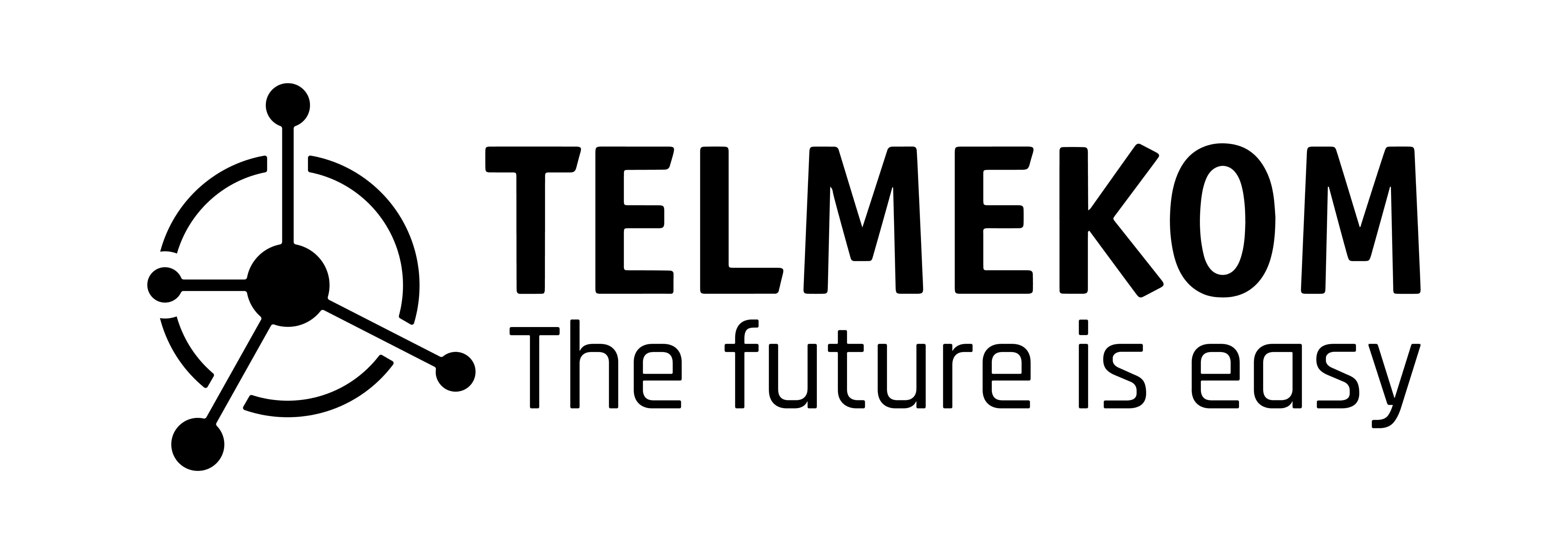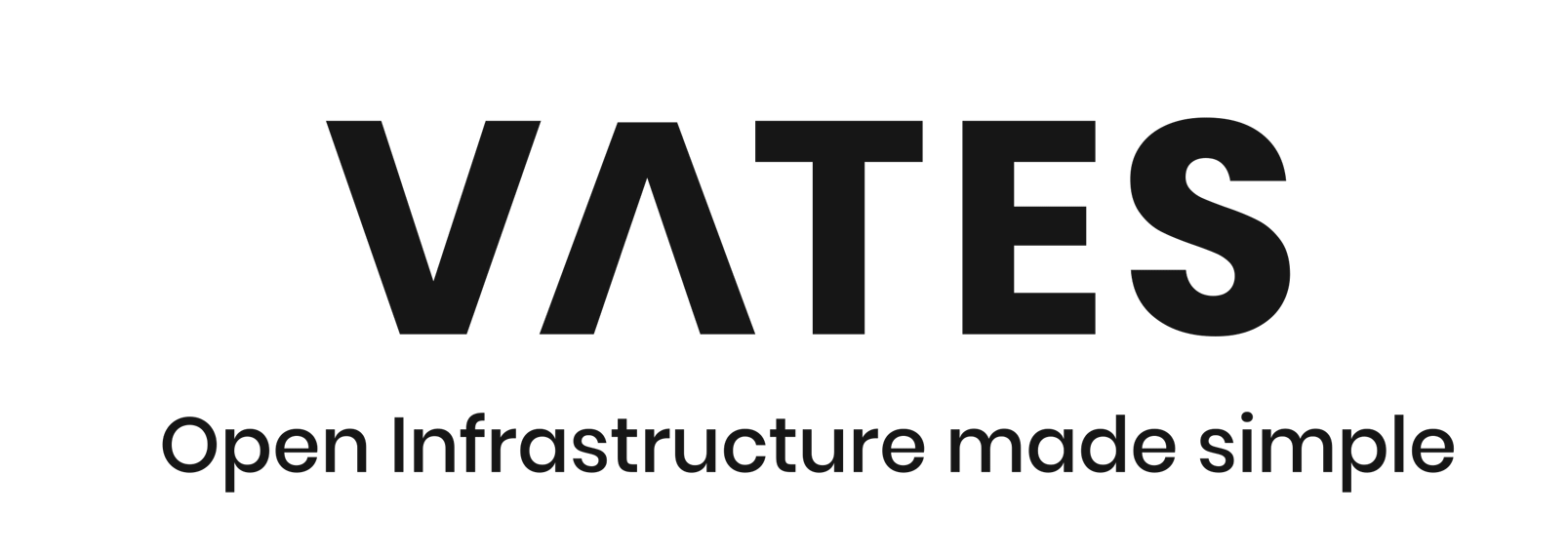The integration of Information and Communication Technology (ICT) and Internet of Things (IoT) technology in a secure way is of increasing importance in several sectors, for instance with SMART Cities. Application performance and interdependency play a key role in this context. Performance monitoring helps to detect whether a network is stable, whether an application is responsive enough, whether users might be satisfied with a service, and many similar questions.
Over the last decade methods from the field of machine learning have been used more and more frequently to solve similar problems successfully. Especially in fields like computer vision, speech recognition, and natural language processing, the use of Deep Learning is the most recent and promising trend. This field is expected to have a notable impact on SMART Cities in terms of services and the quality of our future lives, and seems to be especially useful when it comes down to risk estimation.
The goal of this talk is to give a brief overview of the emerging field of Deep Learning and its increasing relevance to the Open Source community. I will use examples – mainly based on performance data – on the one hand to underline the difference between traditional Machine Learning and Deep Learning, and on the other hand to underline the potential of the latter. The current state of Keras, Tensorflow and the respective possibilities to use them together for instance with the SciPy stack, scikit-learn, as well as InfluxDB, and Grafana is going to be illustrated.























